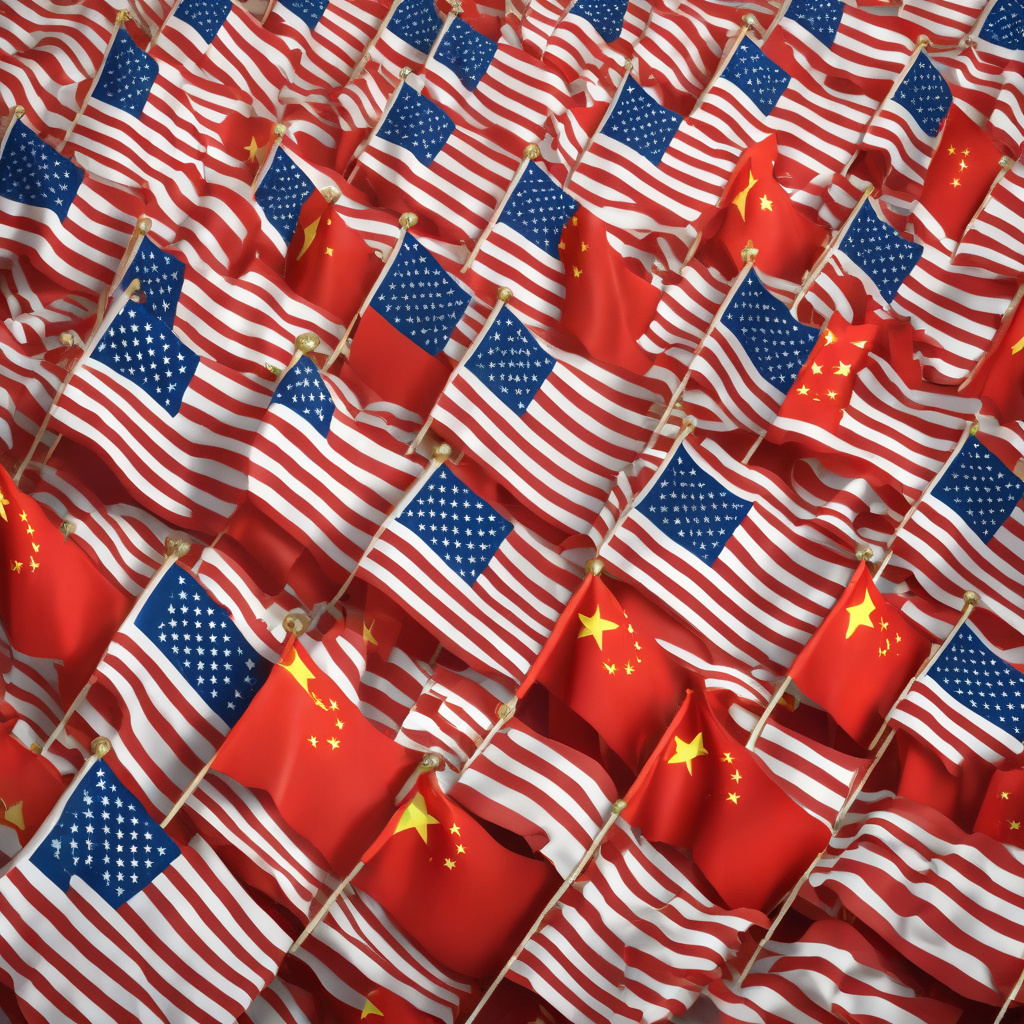Trade War Intensifies: China and US Increase Tariffs, Impact on Retailers and E-Commerce Sales
The recent escalation in the trade war between China and the United States has sent shockwaves through global markets, with both countries imposing higher tariffs on each other’s goods. China retaliated against the US by imposing tariffs of up to 15% on American agricultural imports, in response to President Donald Trump’s decision to double tariffs on Chinese goods to 20%.
The implications of this tit-for-tat escalation are far-reaching, particularly for retailers and e-commerce businesses caught in the crossfire. The increased tariffs are likely to impact consumer behavior, supply chains, and ultimately, the bottom line for businesses on both sides of the conflict.
For retailers, the higher tariffs could lead to increased costs for imported goods, which may be passed on to consumers in the form of higher prices. This could potentially dampen consumer spending and lead to a slowdown in retail sales, especially for products that are heavily reliant on imports from China.
E-commerce businesses, which often source products from Chinese manufacturers, are also likely to feel the pinch of the escalating trade tensions. Higher tariffs could erode profit margins and force online retailers to rethink their sourcing strategies. Some businesses may be forced to absorb the increased costs, while others may have to pass them on to customers, risking a potential drop in sales.
In response to the escalating trade war, retailers and e-commerce businesses can take proactive steps to mitigate the impact on their operations. One strategy is to diversify their sourcing channels and explore alternative suppliers outside of China. By spreading out their sourcing network, businesses can reduce their reliance on Chinese imports and minimize the impact of tariffs on their bottom line.
Another approach is to optimize pricing strategies and product offerings to maintain competitiveness in the face of higher costs. Retailers and e-commerce businesses can analyze consumer behavior and market trends to identify opportunities for price adjustments and product differentiation that resonate with customers.
Furthermore, businesses can leverage digital marketing and e-commerce tools to reach a wider audience and drive sales growth in the midst of economic uncertainty. By investing in targeted advertising, search engine optimization, and social media marketing, retailers can enhance their online presence and attract customers in a competitive market landscape.
Ultimately, the escalating trade war between China and the US underscores the importance of adaptability and resilience in the face of external challenges. Retailers and e-commerce businesses that can swiftly adjust their strategies, optimize their operations, and innovate in response to changing market conditions will be better positioned to weather the storm and emerge stronger in the long run.
As the trade war continues to unfold, businesses must stay agile, informed, and customer-centric to navigate the complexities of a shifting global economic landscape. By staying ahead of the curve and embracing strategic opportunities for growth, retailers and e-commerce businesses can thrive in an uncertain environment and drive success in the face of adversity.
trade war, tariffs, retail, e-commerce, global economy
